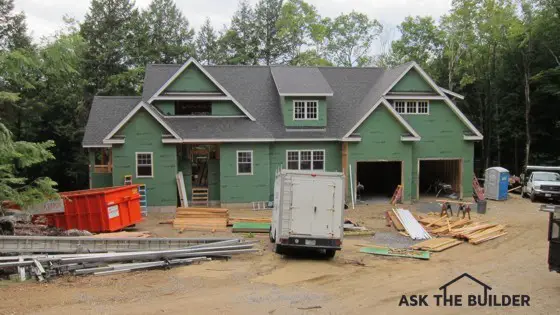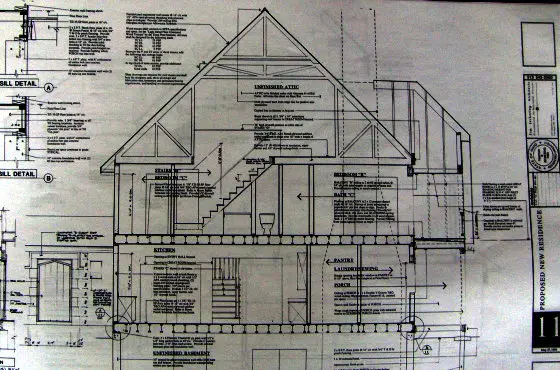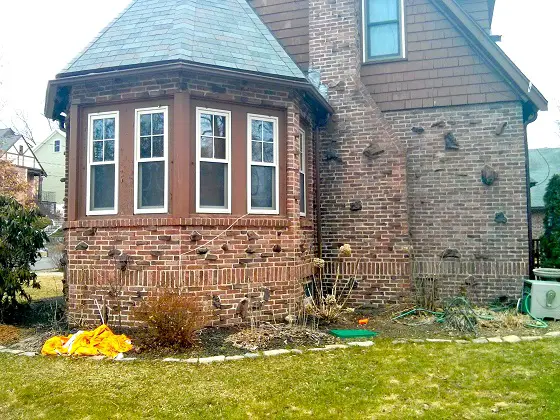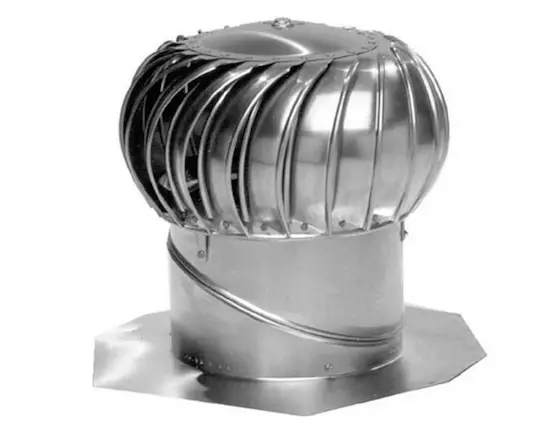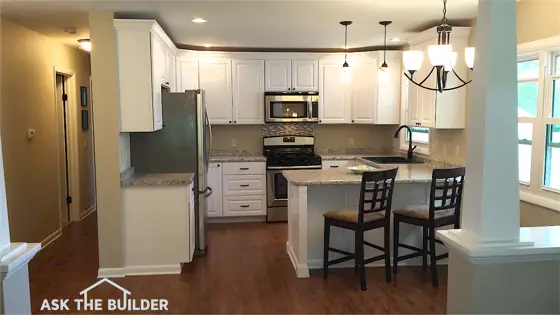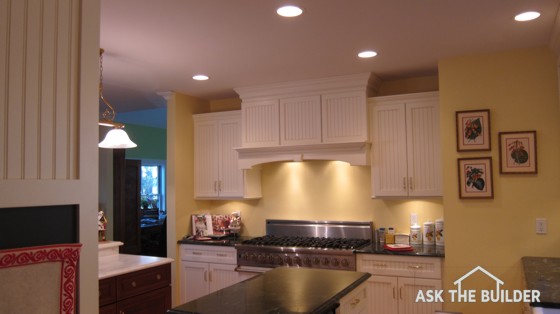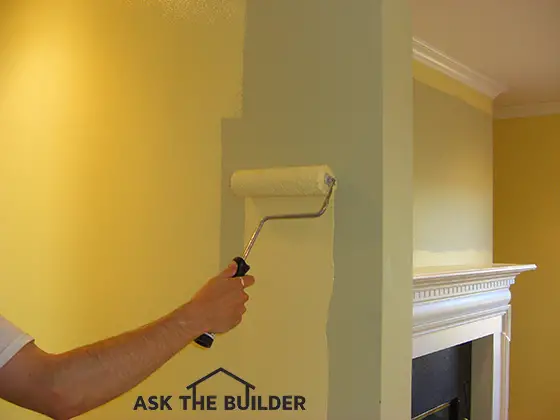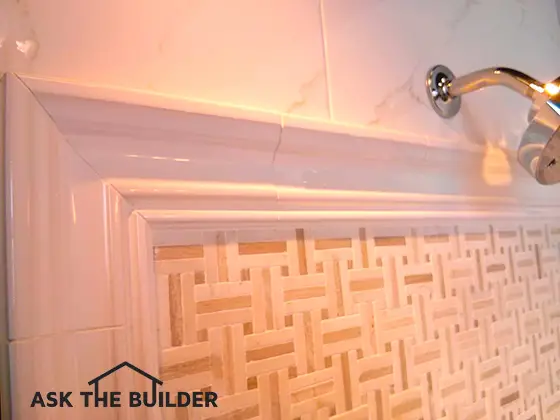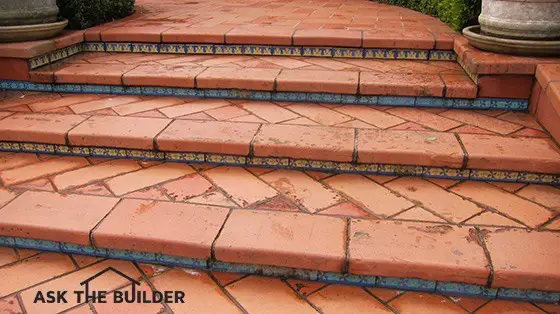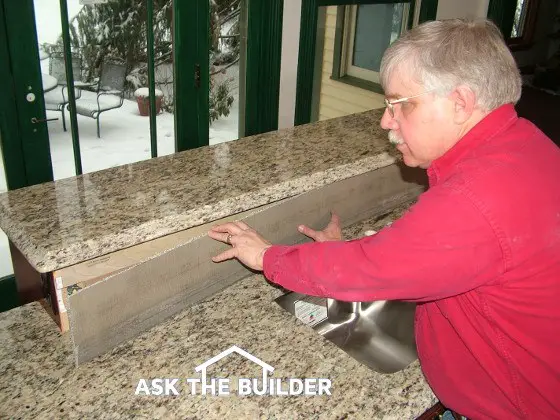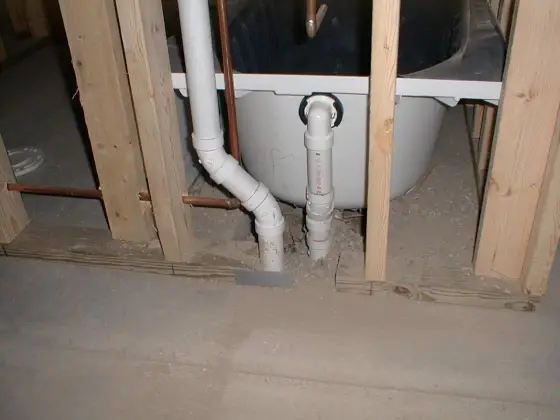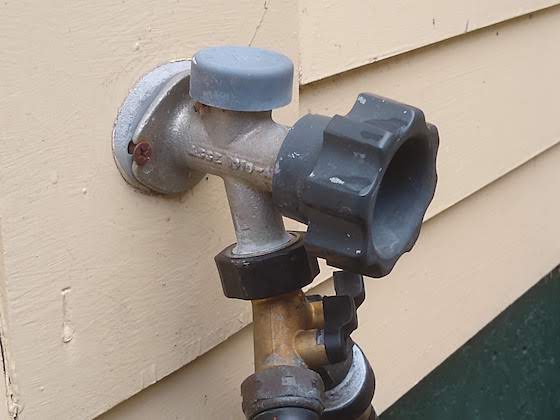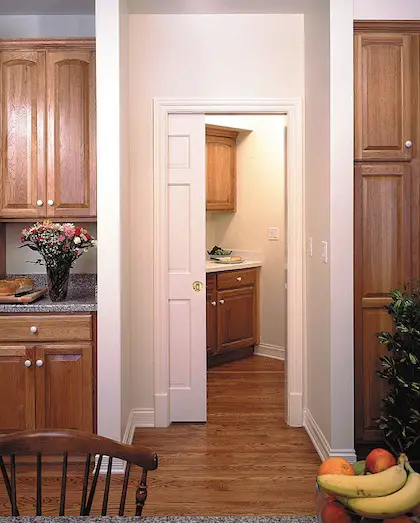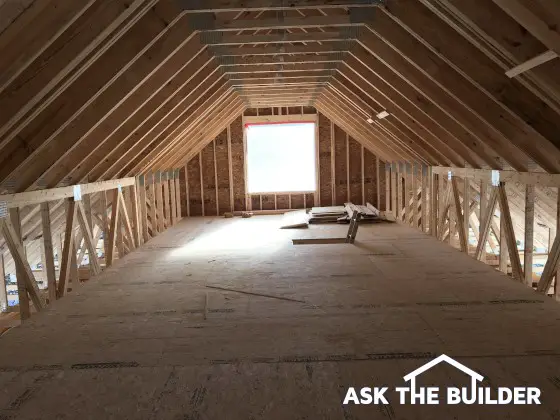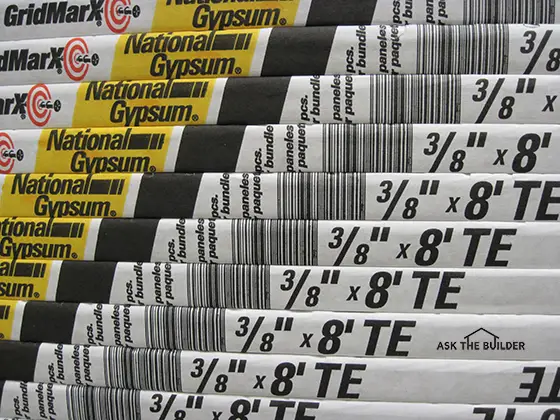
The Walk Through Inspection
Before you close the deal on your new home, you should perform a walk through inspection. This is not much different from inspecting anything you might buy. You smell and squeeze fruit at the grocery, you walk around a new car in the dealership lot to look for blemishes in the finish, so why not go over your new home with a fine-toothed comb to see if you are getting what you bargained for?
How long will a walk-through inspection take?
The biggest problem is that many people underestimate the amount of time an inspection such as this might take. It can and should take hours, depending upon the size of the home and the number of appliances, doors, and other mechanical things that must be checked to see if they work properly.
Rushing through a walk through inspection can cost you tens of thousands of dollars. The written report that results from the inspection represents an extremely important benchmark. Not only does the report indicate things that are defective or not completed, but it also should state all of the things that are in perfect or good condition at the time of the inspection. Don't forget that this walk through inspection is one of several. You will probably do another one six months after you have been living in the house, and a final one just before your one-year anniversary.
The signature of the builder or his representative as well as your signature will stifle or stop any and all arguments at a later date. Neither party will be able to say, "Well, that crack in the floor was there before you moved in." Can you imagine trying to prove whether or not a foundation wall was cracked, or a floor didn't squeak during the initial walk through inspection?
How important is the walk through inspection?
Do not underestimate the power of a thorough inspection report, especially if defects start to happen after you have moved in to the new home. Imagine, if the first report showed the foundation to be crack-free at the first walk through before your move-in day. Then six months later, you have three cracks in the foundation and one year later, one of these cracks is one-half inch wide. Your written, signed reports clearly show a defect that is getting worse by the day.
The actual inspection process is not too complicated. Certain things are obvious. Run water in all sinks, tubs and showers. See if the valves deliver a proper flow of water. After this, flush all of the toilets. Make sure the flush is complete and you hear no gurgling sounds from nearby sink and tub drains. If you do, the plumber may have forgotten to remove test caps from the roof plumbing vent pipes.
Do all doors open and close easily? Do the keys open and close all locksets? Do deadbolt locks work with ease? Are the tops and bottoms of all wood doors painted and sealed? You will need a small compact mirror to do this part of the inspection. Do all lights work? What about all appliances? Is your new refrigerator making ice? Do all burners work on your stove? What about the oven timer?
Do all window locks work? Do all windows open and close with the same amount of ease? What about the garage door opener? Does it work well? Is it adjusted correctly as the owner's manual indicates? Do the remote controls for the garage door work well out into the driveway?
Don't try to do your own walk through inspection unless you are armed to the teeth with my 100% Satisfaction Guaranteed Walk Through Inspection Checklist!
What about all of the inspection labels from the various building inspectors? Where are they? Will you remember to get them or ask for the Certificate of Occupancy from the final building inspection? Can you imagine the hundreds of other things to look at as you walk through your new home?
Finally, if you think this will be overwhelming, consider hiring a professional home inspector. They do these inspections on a routine basis. If you do find defects, make sure they are corrected to your satisfaction before the actual closing. If this is not possible, be sure you talk to the bank or lending institution and arrange to hold money in escrow. This money can be released to the builder at a later date once the defects have been cured.
CLICK or TAP HERE to get FREE quotes from local inspection companies.
Column NH049
